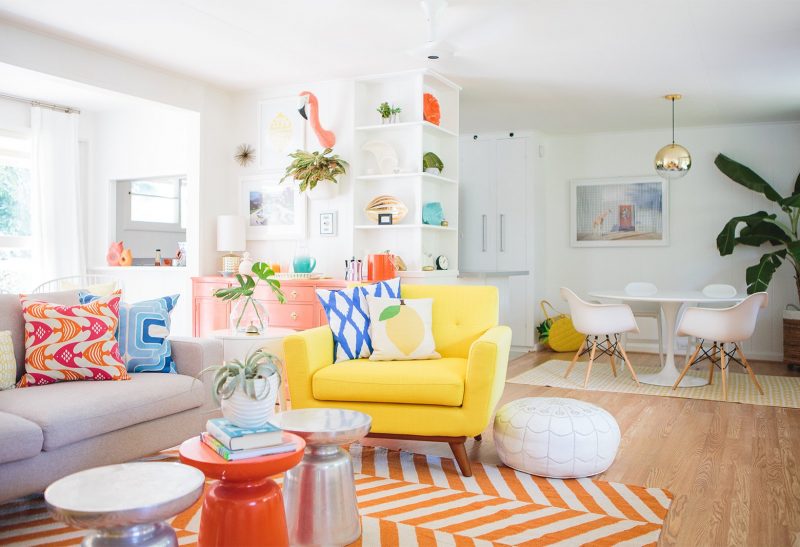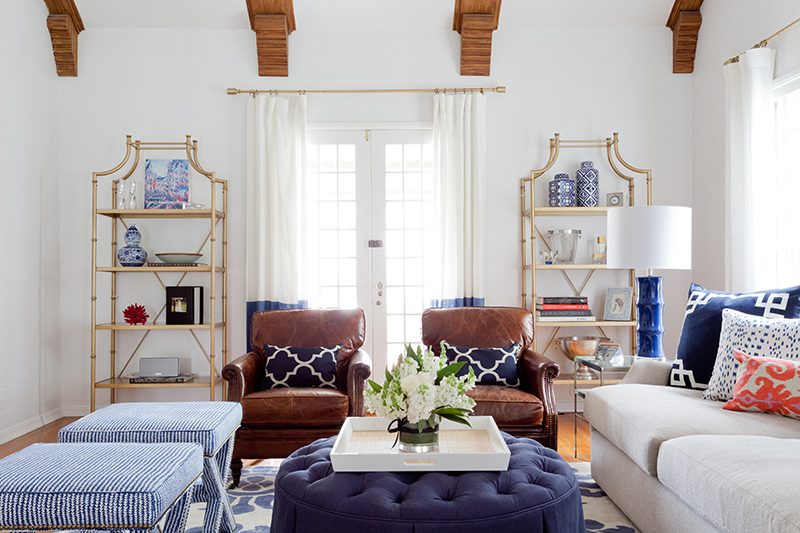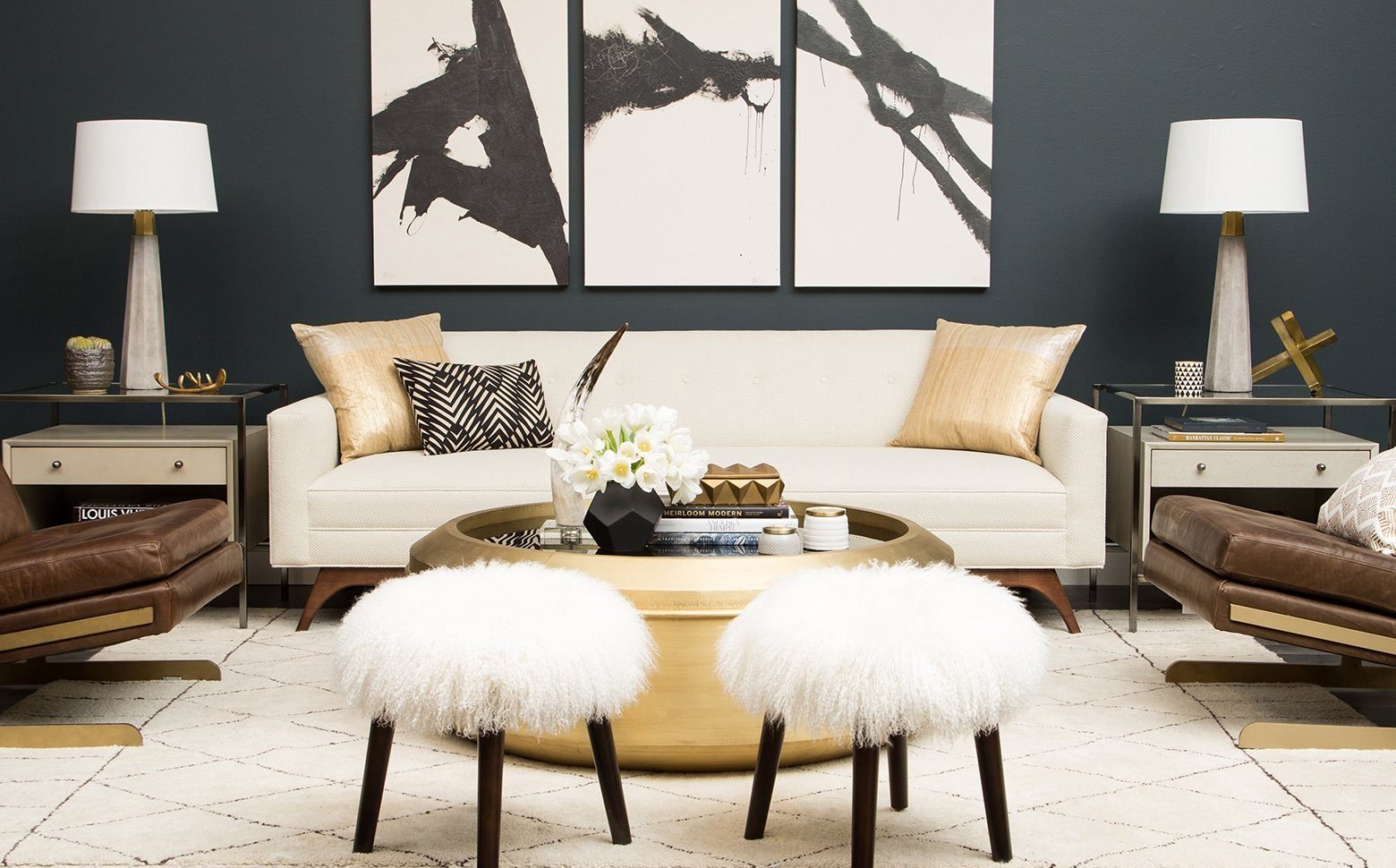Interior design is the idea of creating a space with unity and harmony. Your home shapes your life, and we believe everyone deserves to live in a well-designed space.
Creating your perfect space is easier than you think, but knowing where to begin can be challenging. That’s why we asked Havenly designer, Lauren Cox, to share her expertise. If you’re interested in showing your home some TLC or transforming it completely, look to Lauren for an explanation of the four core principles of interior design.
Historically, interior design has been viewed as a luxury service for the elite. This left many people believing that they lack the resources to create beautiful spaces—whether that’s due to time, money, or ability.
Thanks to the Internet (namely Pinterest and Instagram), finding design inspiration and instruction has never been easier. Even with countless resources at your fingertips, design can still feel daunting if you’re not sure how to execute your vision. Don’t let this stop you from trying! Remember, your home doesn’t have to be “perfect” immediately. Designing your space can (and should!) be completed in phases. Be patient, and allow your home to evolve and grow with you.
Many people are interested in interior design, or at least appreciate it when it’s done well. Like any other visual medium, the principles of good design make a space feel cohesive and welcoming.
Design principles are not the same as decorating styles. This blog series will touch on tying your personal style with the principals as well as how to find your interior design style, but it will primarily focus on how the four principles–color, balance, scale and proportion, and rhythm and repetition–for interior design work together. After learning these principles, you’ll have the tools you need to masterfully design your space.
1. Color
One the easiest way for most people to feel if a home is well designed or not—just like good art or good music, most people have an innate sense and can feel if the room feels cohesive by the colors used.

2. Balance
The visual calmness in a room. A room is well balanced when you walk into it and feel at peace. Balance is achieved in two key ways: symmetry and asymmetry.

3. Scale & Proportion
Scale and proportion is simply how well something fits in the space, and how well pieces work together when considering their size. While this is the most mathematical part of design, your eye can immediately identify when something feels off.

4. Rhythm & Repetition
Rhythm is the way your eye moves through a space. Repetition is having repeating elements throughout that space for your eye to land on. The human brain rejects what it cannot organize, what it cannot understand, and establishing a sense of movement and rhythm helps to organize a space and establish a sense of harmony.

If you are more of a visual learner, Lauren covers all these topics in her free Skillshare class.

